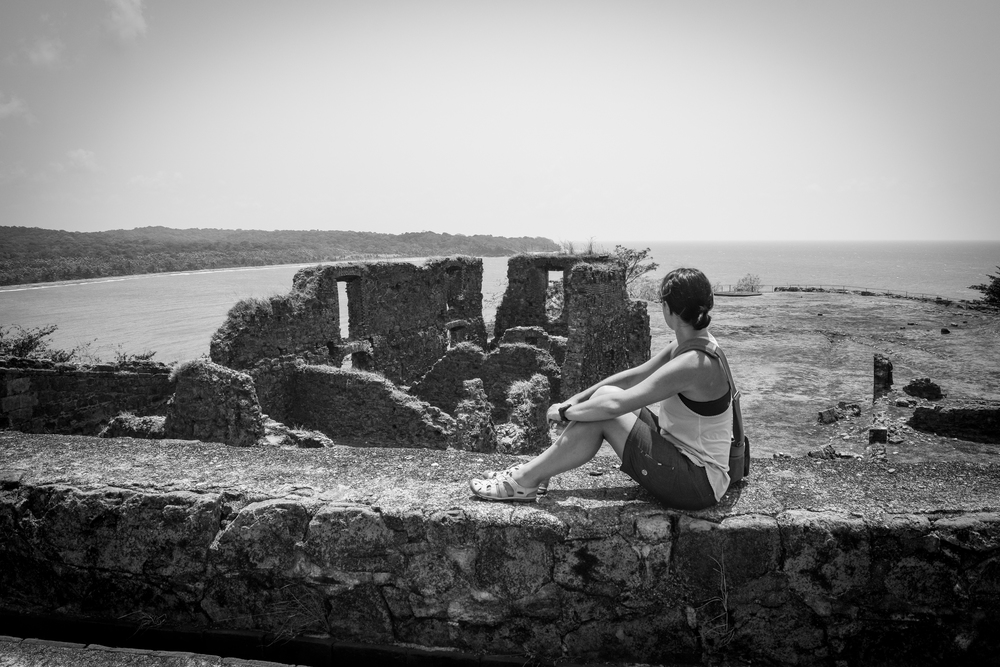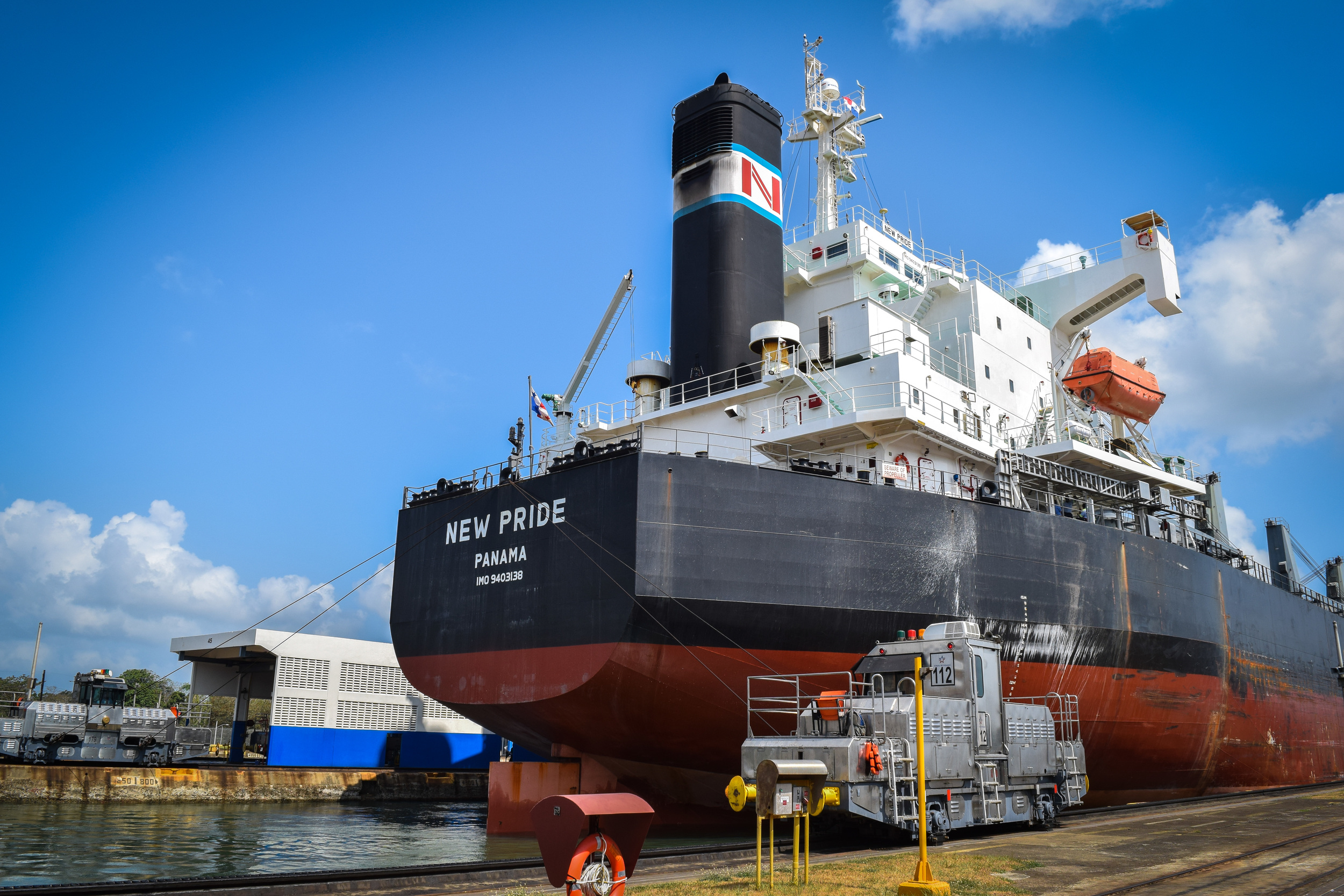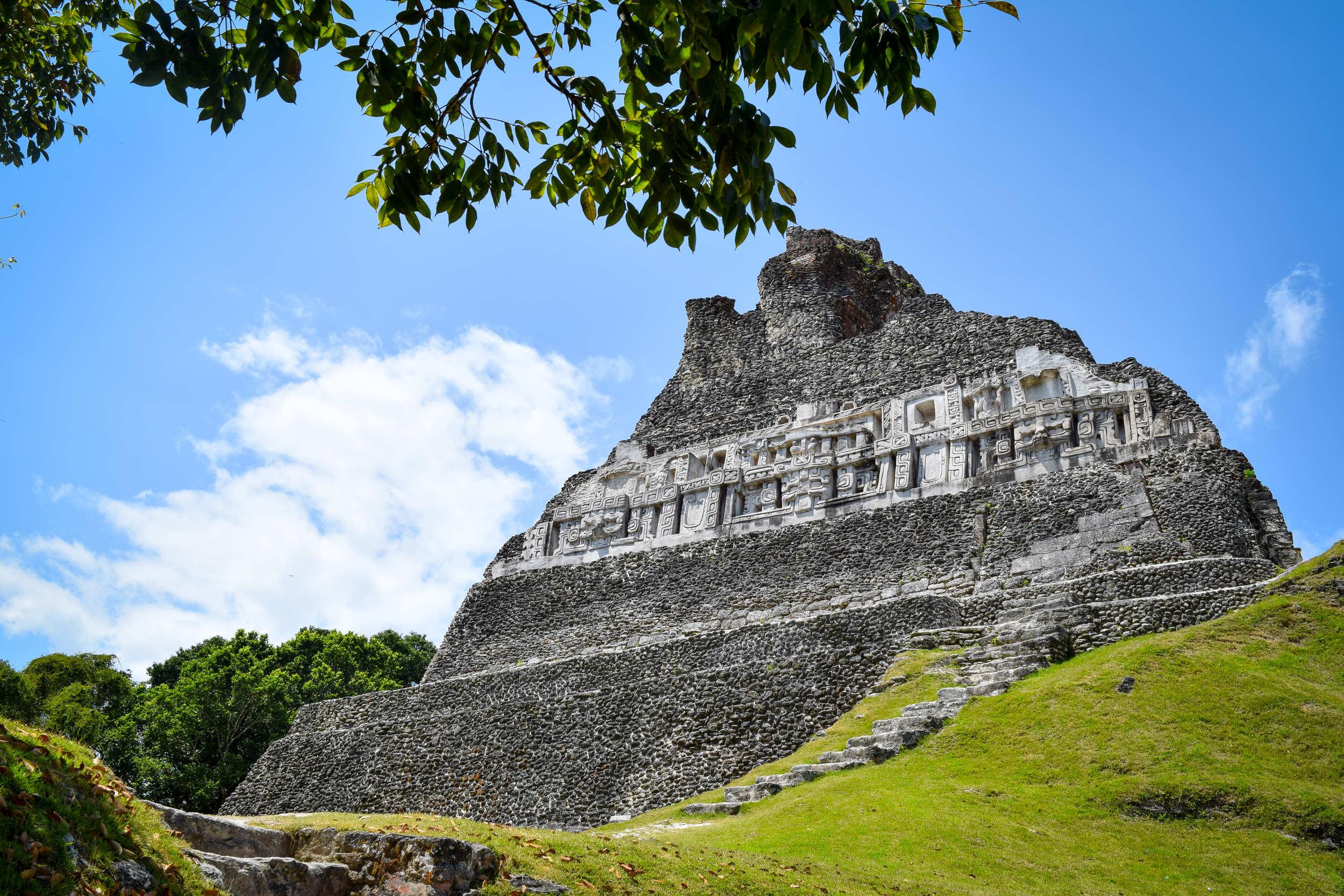What They Don't Tell You About Panama
An endless maze of tankers and cargo ships was the first thing that greeted me in Panama. Before arriving in this tiny country, I knew that it was home to the world famous Panama Canal (see my post on everything you need to know about visiting the Panama Canal here), a 77 km ship canal that connects the Atlantic with the Pacific Ocean which has forever revolutionized maritime transportation. I was also aware that, in comparison with other Central American countries, Panama has one of the fastest growing and well-managed economies in the region. With this in mind, I was not, however, prepared for what I would see once I arrived.
A sad truth
Throughout my travels I’ve always enjoyed exploring places with abundant nature and stunning landscapes. Panama has both, but sadly the natural world is being threatened, and it’s beauty greatly diminished, because of the fact that there is garbage everywhere. From sidewalks to back alleys, in the thick jungle to secluded beaches, even in national parks (!), Panamanians are dumping their trash left, right, and center.
Paradise threatened
While driving through the streets of Colón first thing in the morning, street vendors were bustling around in the process of opening their businesses, uniformed children were making their way to school, and bleary-eyed adults were lined up at bus stops. Life goes on here as it does most everywhere else, but no matter where I looked there were empty cans, old tires, rotting food scraps, and endless amounts of discarded plastic bags, containers, and bottles.
Later in the day, on the way to Fort San Lorenzo, a Panamanian fort built as part of the defense system by the Spanish, we drove through thick jungle on the look out for wildlife. Several times we stopped after noticing playful monkeys dancing in the tree tops, as well as a few dozing sloths, and sure enough, each time we pulled over there were pop cans lying amidst the jungle underbrush.
By the time we arrived at a serene beach on the Chagres River, a place so lovely it looked like something straight out of a travel magazine, I wasn’t at all surprised to find garbage here as well. At the beach, our tour guide told us that the idea of recycling and disposing of household garbage in an environmentally friendly manner has yet to reach many Panamanians, from the poor all the way to those who sit in government. The lack of trash collection is one of the major issues confronting the country at the moment.
The only area that has a true waste disposal system, a landfill using protective membranes with layers of earth covering the garbage, is Panama City. In the rest of the country, the majority of dumps are found in tropical areas, marshes and along riverbanks.
The concept of recycling is also sorely lacking in Panama. The country’s “recycling program” basically consists of poor citizens searching through the landfill in the hopes of finding anything that could be of value.
It’s clear what Panama really needs is more environmental awareness.
Looking towards the future
For centuries, this tiny country has been the focus of trade, natural resource extraction, and international banking – and the future looks no different.
Currently, the Panama Canal is being expanded and bustling Panama City has become a major center for foreign business and trade. All across the country cities are growing, new roads are being built, and acres of jungle are being deforested, much to the benefit of the economy, but with little thought of the consequences on the environment. It would be naïve to think that Panama can continue on like this for much longer.
One of the most pressing issues facing the country at this time is water supply. Continual deforestation (Panama is estimated to lose 1% of its forest cover each year) means that rainfall and fresh groundwater run off from the jungle canopy will soon be unable to meet the demands of the Panama Canal, the nation’s biggest source of income. Up until now the tropical forest around the canal has ensured the flow of billions of gallons of water necessary to operate the canal locks, approximately 52 million gallons per transit.
Soil erosion, logging, pesticide use, and pollution are also big issues. The loss of species is rapidly increasing; endangered animals include the red-backed squirrel monkey, tundra peregrine falcon, spectacled caiman, American crocodile, and four species of sea turtles.
These are incredibly complicated issues intertwined with the country’s economy, but sooner or later they will have to be addressed head on.

Traveling to Panama
Panama is easily one of the most biologically diverse countries in Central America, and it has the potential to become the new ecotourism destination. As travelers, we can play a vital role in the development and growth of the nation’s tourism industry by demanding sustainable tourism practices in the hopes that the government and businesses will adopt a more environmentally conscious approach.


